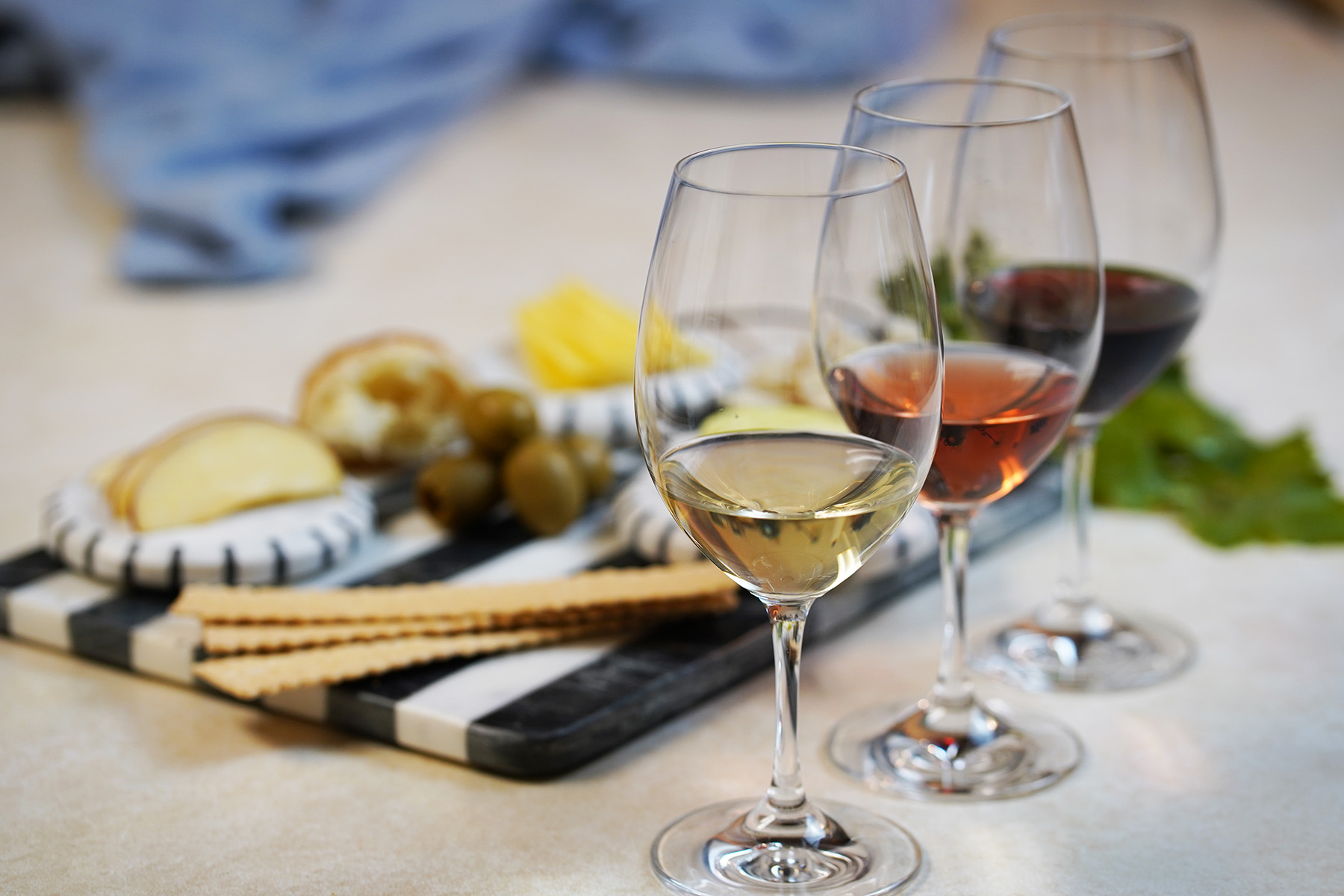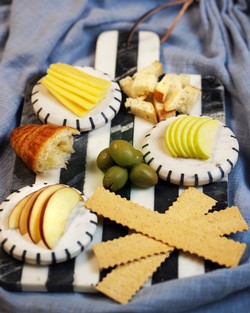Palate Cleansers for Wine Tasting

If you enjoy wine tasting or fine dining, you have probably heard the term “palate cleanser.” In this blog, we are exploring exactly what these cleansers are, what it means for wine tasting, and what the best options are.
What is a palate cleanser?
“Palate” is a word used often in the wine world to essentially refer to the mouth, particularly the tongue. A palate cleanser is any food or drink that can hit the “reset” button on your palate, removing the remnants of the wine you just enjoyed and priming your palate for the wine to come. This also serves to refresh your palate, which can grow fatigued over time as you enjoy a wine tasting. White wine has lovely acidity and red wine has enjoyable tannin, but these characteristics can numb the palate over time.
Why do people use palate cleansers for wine tasting?
The palate fatigue mentioned above is a big concern for wine critics and sommeliers who have to keep their sense sharp as they taste many wines in shorter periods of time. For casual wine fans, refreshing the palate throughout a wine tasting is a good idea too! To a wine, the palate is a canvas across which it spreads all of its characteristics, from flavor to texture. You want to give each wine a chance to shine on its own clean canvas, not smeared across a different work of art that clouds its unique nuances and complexities. Palate cleansers help you get the most out of your wine tasting experience!
What are the best palate cleansers for wine tasting?
There are both food and beverage options for palate cleansers, and many of them are both fun and functional. After all, who doesn’t want a snack with their wine tasting? Many palate cleansing foods wouldn’t be out of place on a charcuterie board. Consider the following:
- Tasty bread, anything from a baguette to a croissant, which absorbs the flavor of the previous wine
- A mild cheese, like cheddar or mozzarella which is just fatty enough to break down tannin (and it’s delicious)
- A crisp apple or pear, which brings tart yet sweet starch
- Celery, which sweeps out leftover texture and tannin from previous wines without leaving an aftertaste.
- Green olives, particularly Graber olives, which offer a distinct flavor that will help the palate reset between wines.
- Mild crackers, not overly seasoned, which function much like bread.
If you are looking for a beverage that effectively cleanses the palate, you want to go effervescent! Take a look at these options:
- Sparkling water, which you can enhance with some sliced lemon or cucumber
- Beer. Yes, really! It’s effervescent and offers some bitterness; make sure to select something on the lighter side.
- Champagne or Sparkling Wine. The flavors from before wash away with fun bubbles, and the palate is freshened and bright. Plus, it’s just plain wonderful.
As a general tip, we recommend selecting palate cleansers that lean more toward the bland side so there’s no competing flavors leftover on the palate. A good palate cleanser will leave you feeling light, clean, and fresh. If you want to elevate your sensory stewardship, consider keeping some whole coffee beans nearby. These serve as the equivalent of a “palate cleanser” for the nose, offering a reset so you can enjoy and distinguish aromas from wine to wine.
Wine tasting may not be an endurance sport, but with some practice you can keep your taste buds sensitive so that you can always enjoy the tasty subtleties and fun nuances of wine. Cheers!
